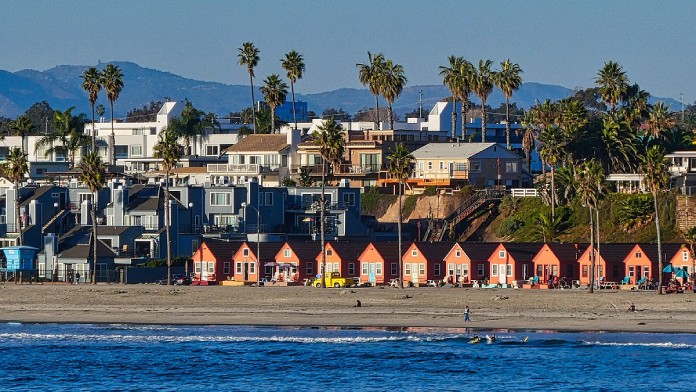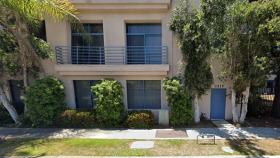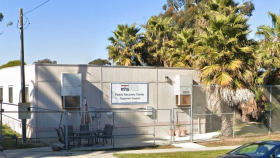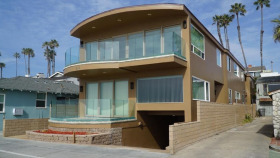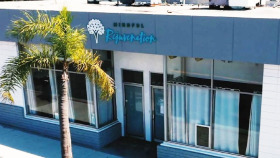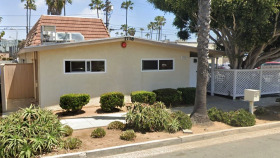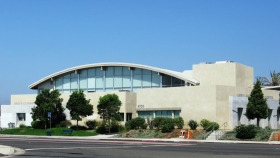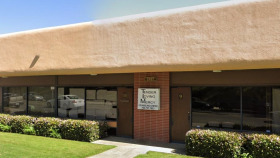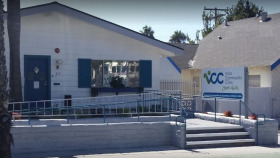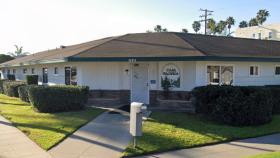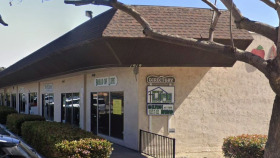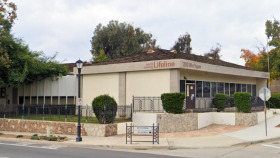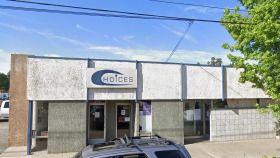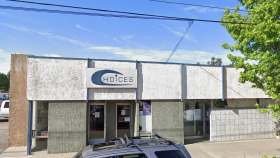Expert Insights
Believe it or not, homelessness and addiction are an enormous problem in the idyllic location of Oceanside, California. And many people have been asking which one came first, much like the chicken and the egg debate. But most experts believe that it doesn’t matter – as one condition can just as forcefully impact the other. Those who are struggling with either mental health or substance abuse – or in many cases both – have more going on and are more likely to be pushed into a life on the streets. What we are to do about it in order to help is the real question.
~ Rita Milios
Cost of Drug Rehab in Oceanside
The cost of drug and alcohol rehab in Oceanside can vary considerably depending on factors like:
Type of rehab you choose to attend
The length of your stay
Insurance coverage
Amenities offered
The location of the facility
For example, an inpatient or residential facility, one where you spend both days and nights within the facility during treatment, often costs more than an outpatient.
Likewise, a longer stay in a facility will typically cost more than a shorter stay. For example, an inpatient program that lasts for 90 days will cost more than an outpatient program that attends for 30 days.
If your professional team determines that you need medical detox, a treatment that helps you withdraw from alcohol and/or drugs safely under medical supervision, that can also increase the costs.
Another factor that can increase the cost is the amenities that are offered. Some addiction treatment centers offer upscale features like massage therapy and acupuncture, which tend to cost more than centers that have more standard offerings.
Using insurance can help to keep the costs more affordable since the majority of insurance plans offer either full or partial coverage.
If you find that you don’t have insurance, then there are low-cost and even free options available through state-funded programs.
Oceanside Drug and Alcohol Statistics
In Oceanside, CA, and the surrounding San Diego county, 82% of males and 67% of adult females who had been arrested tested positive for at least one illegal substance.1 Here are other Oceanside drug and alcohol use stats:1,2,3
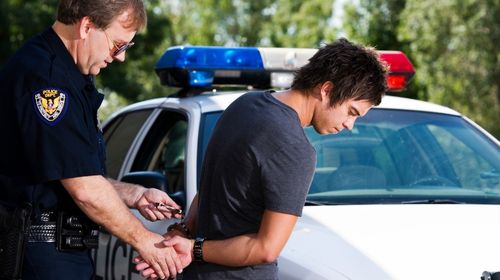
About 33% of those Oceanside residents who have been arrested reported binge drinking alcohol at least once in the past month.
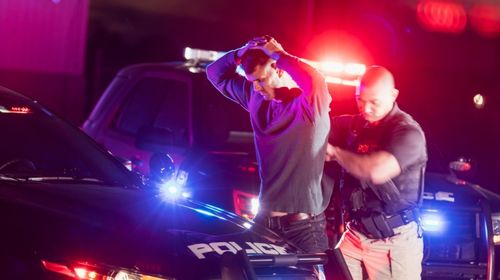
33% of those arrested for illegal drug use tested positive for two or more substances, including methamphetamines, cocaine, and PCP.1
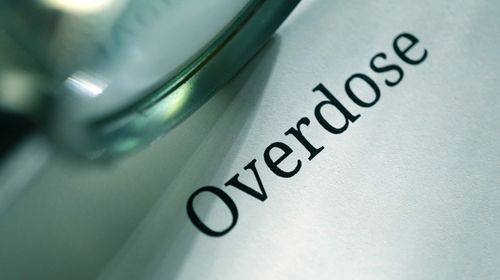
Oceanside and the surrounding San Diego County had approximately 314 opioid overdose deaths.2

Of those who overdosed on drugs, 55% had a mental health diagnosis and 39% never received any substance abuse treatment.
Alcohol and Drug Laws in Oceanside
Oceanside Government Drug and Alcohol Penalty and Treatment Laws: Using and possessing illegal substances in California is a crime that can be punishable by jail time and fines. In California, possession of drugs like heroin and narcotics is considered a misdemeanor and is punishable by jail time of up to 1 year and fines of up to $1,000 if this is your first offense.4 Depending on your number of previous offenses, fines may be increased to up to $2,000.4 Possession of any illegal substance to sell is considered a felony.4 You may also be required to attend an alcohol and/or drug rehab program and complete community service if you don’t have the financial means to pay for your fine.4
It is a crime to ingest any illegal substance while driving a motor vehicle in California. Even if you are a passenger in a motor vehicle, it is still illegal for you to ingest illegal substances.5 It is also illegal for you to have any open container of alcohol or marijuana while driving in California.5 If you are convicted of a DUI (driving under the influence of alcohol and/or drugs), you may face up to 6 months in jail, have to pay a $1,000 fine, and need to attend a court-ordered DUI program.5
California 911 Good Samaritan Law: California does have a 911 Good Samaritan law that prevents criminal prosecution if you seek help for yourself or someone else from medical authorities in the event of a suspected drug overdose.6 This law also prevents the arrests of anyone who is in possession of illegal substances for personal use if that individual is seeking help from an overdose for themselves or another individual.6
How to Get Naloxone in California: Naloxone is a drug that can help reverse an opioid overdose. In California, pharmacists can dispense naloxone without a prescription. If you are in need of naloxone in California, you may get it over the counter, from a community distribution site, or via prescription from your healthcare provider if you have Medi-Cal or Medicare.
Choosing between the accredited alcohol and drug rehab centers in Oceanside is the first step toward recovery. If you need more information, contact
800-681-1058
(Sponsored)
to get help today.
Resources
- Oceanside, California Population 2020 (Demographics, Maps, Graphs). (n.d.). Worldpopulationreview.com.
- FindTreatment.gov. (n.d.). FindTreatment.gov.
- Criminal Justice Clearinghouse. (2021). 2020 Adult Arrestee Drug Use in the San Diego Region [Ebook] (pp. 3-15). Sandag.
- California Health Care Foundation. (2019). Substance Use in California: Prevalence and Treatment [Ebook] (p. 55). California Health Care Almanac.
- Criminal Justice Clearinghouse. (2016). Drug Overdoses Among San Diego County Arrestees [Ebook] (12th ed., pp. 1-2). San Diego.
- Codes Display Text. (2022). California Legislative Information.
- State of California: Department of Motor Vehicles. (2022). California Driver Handbook [Ebook]. State of California.
- Weinstein, S. (2022). Good Samaritan Overdose Prevention Statutes. Namsdl.org.

